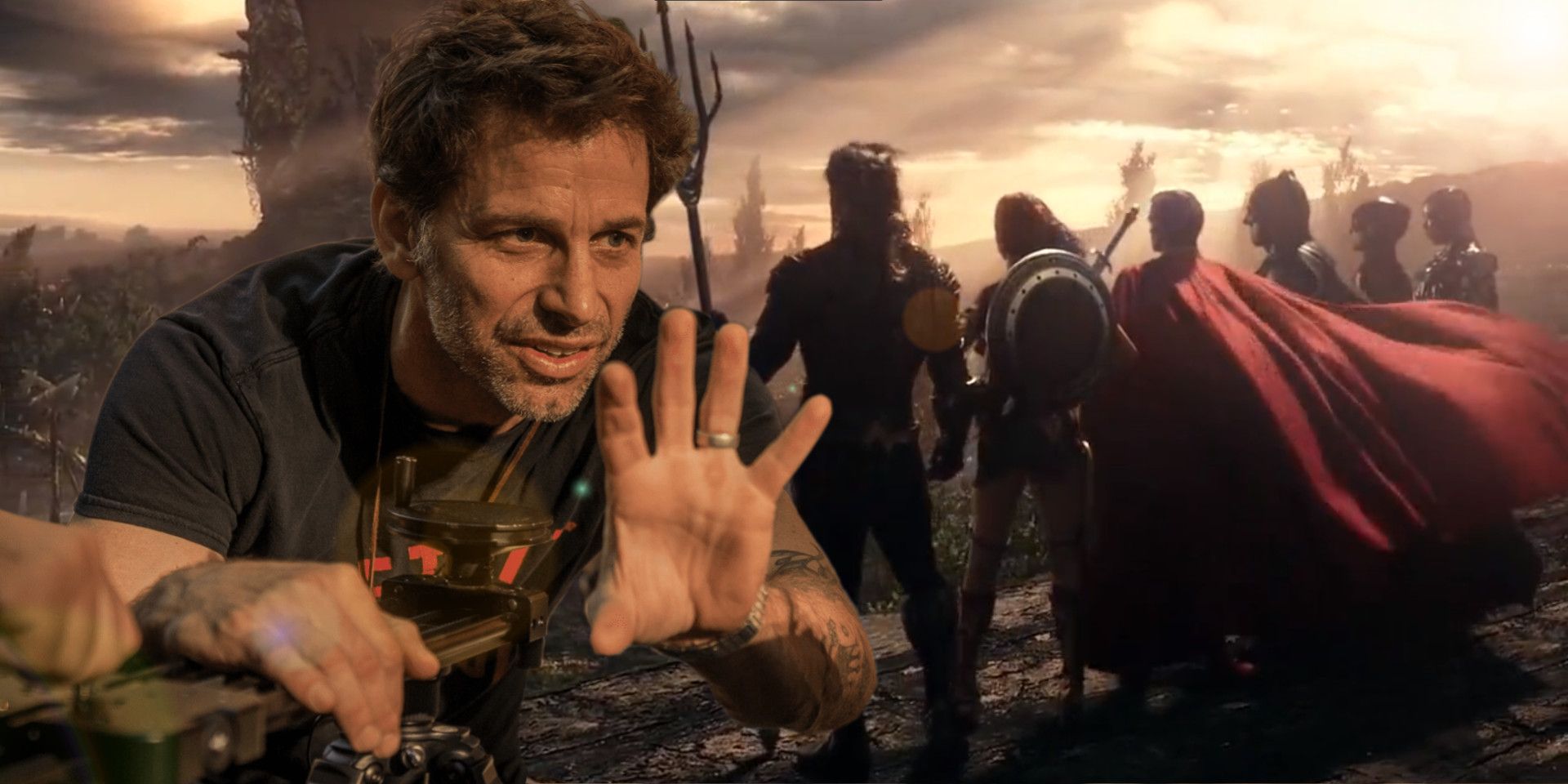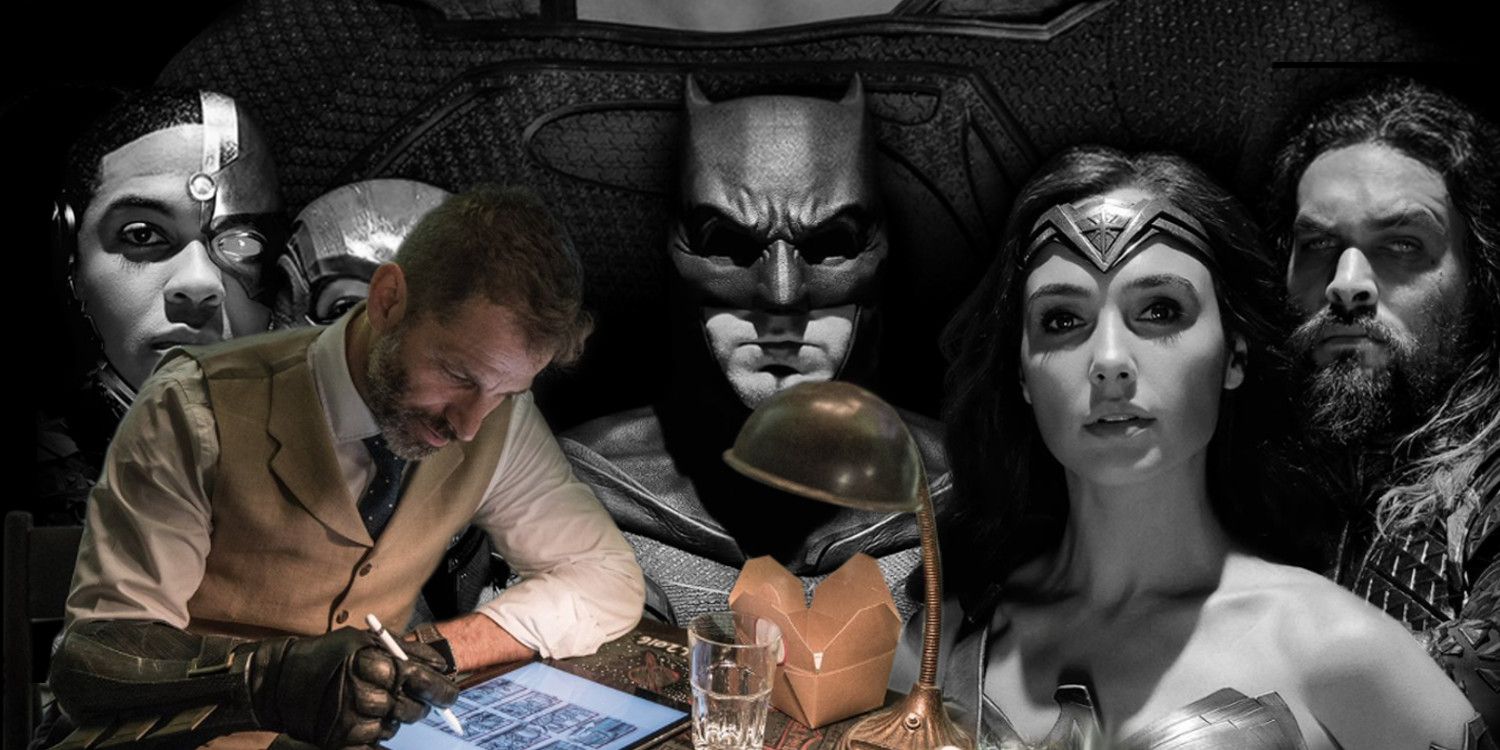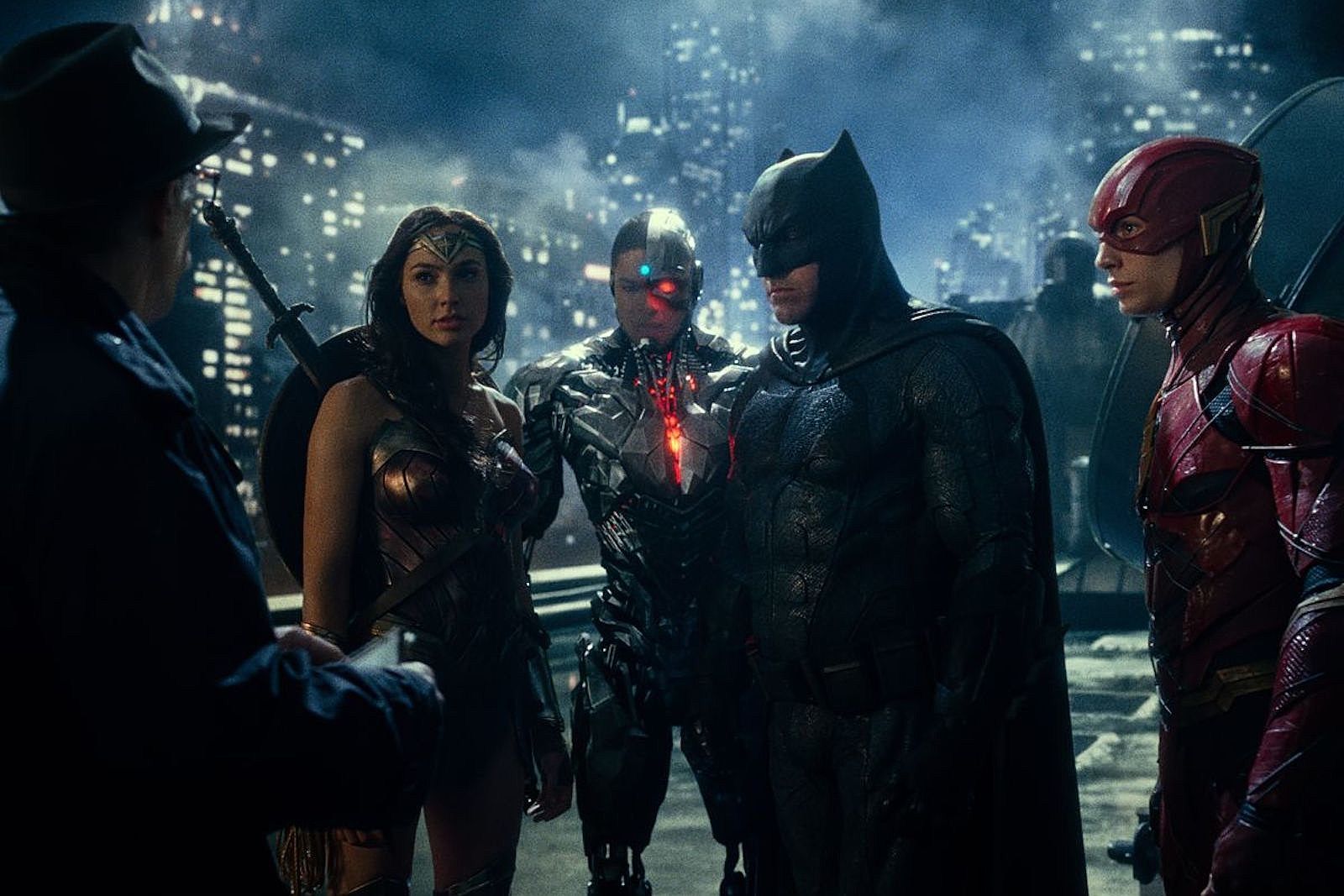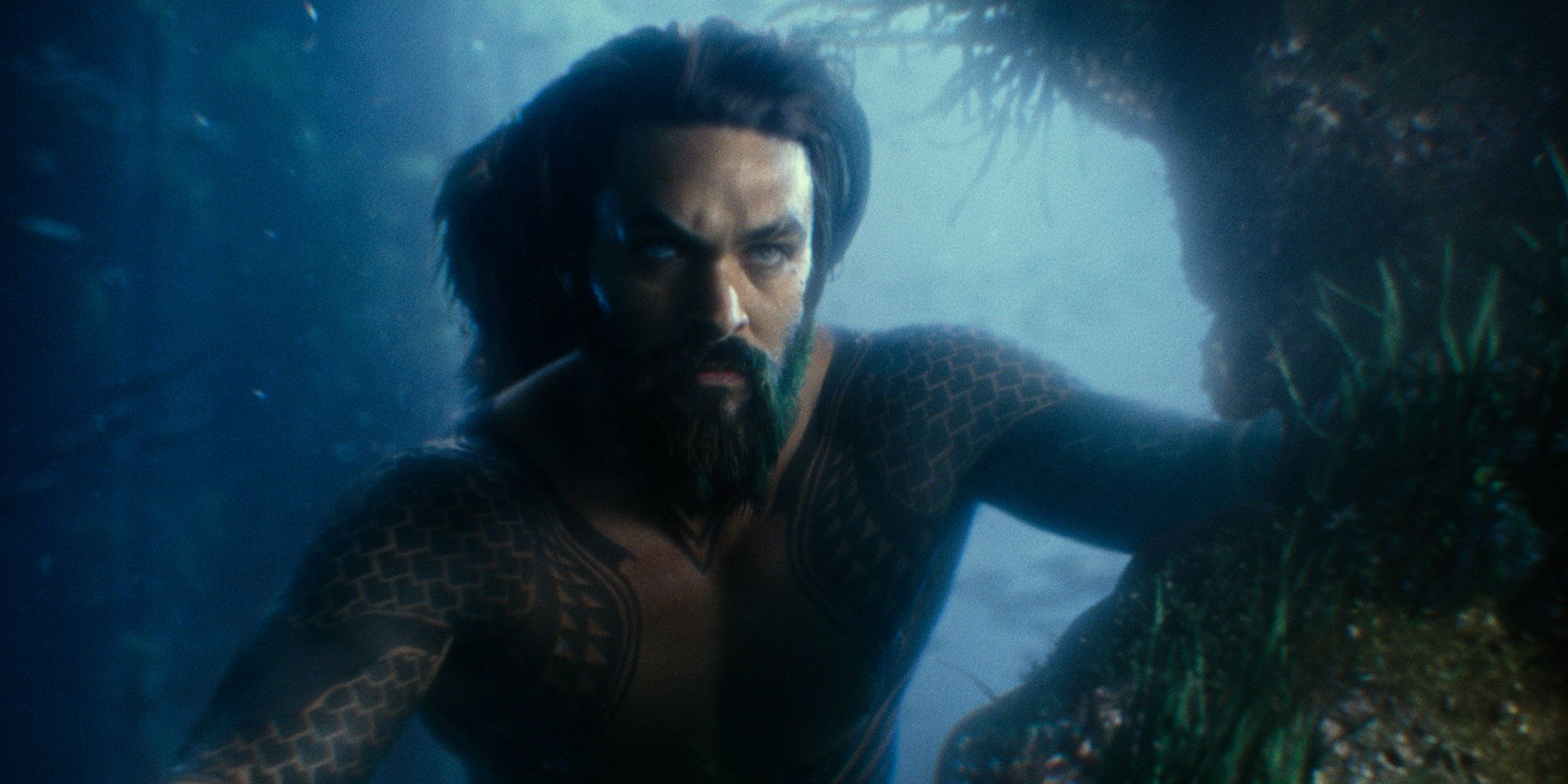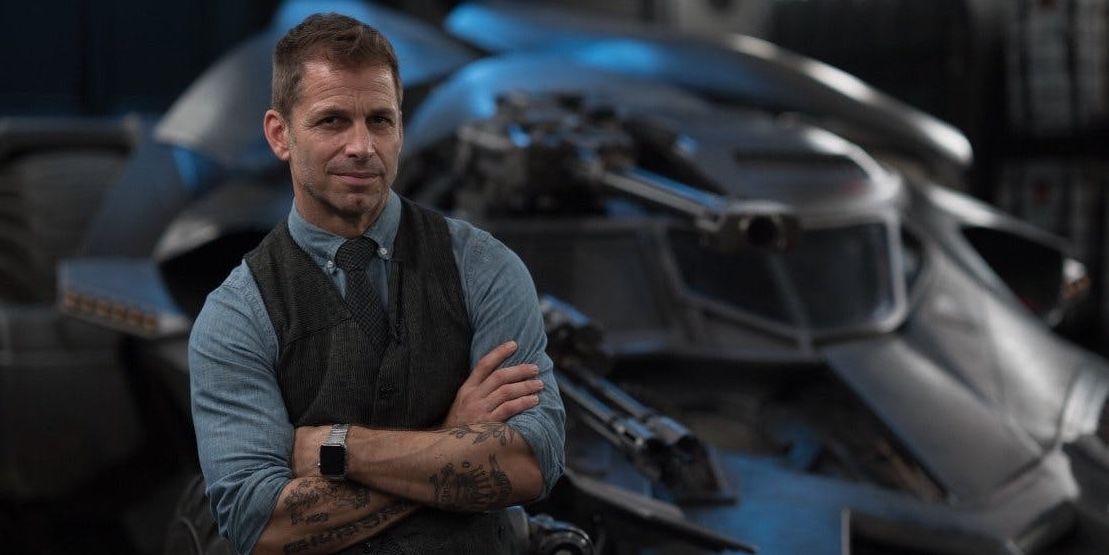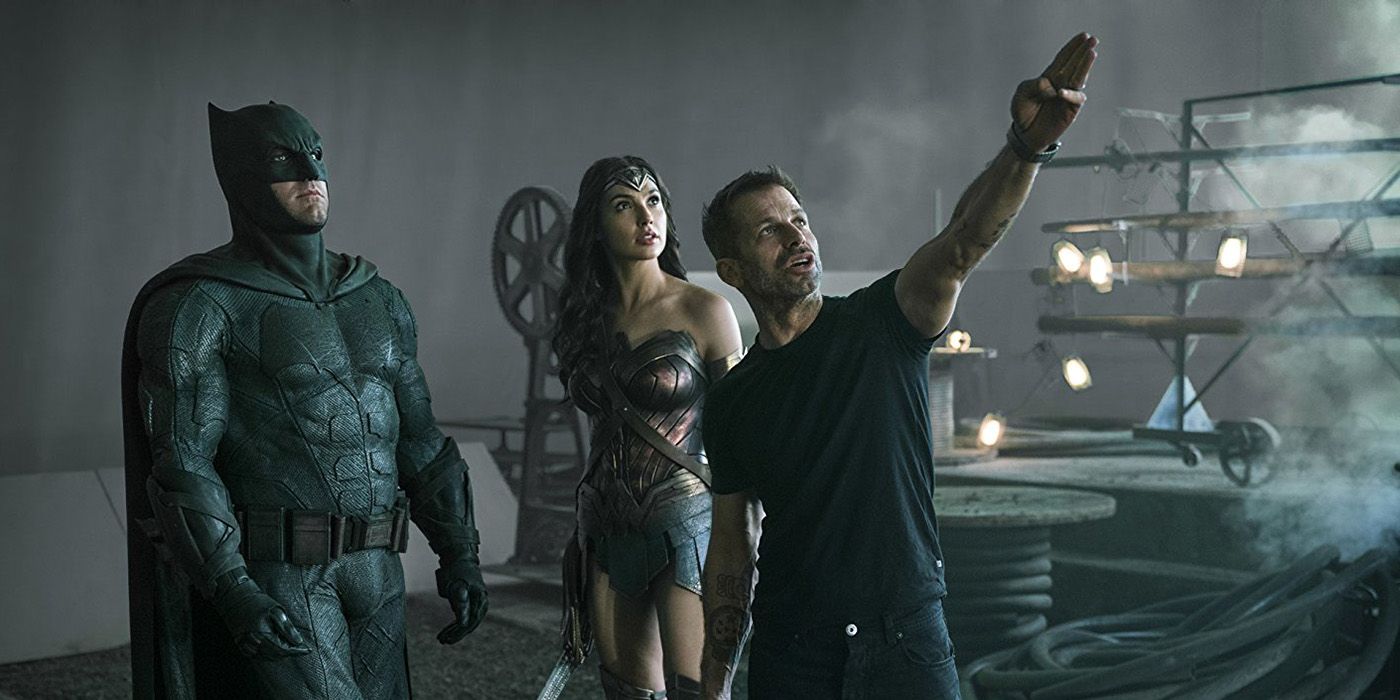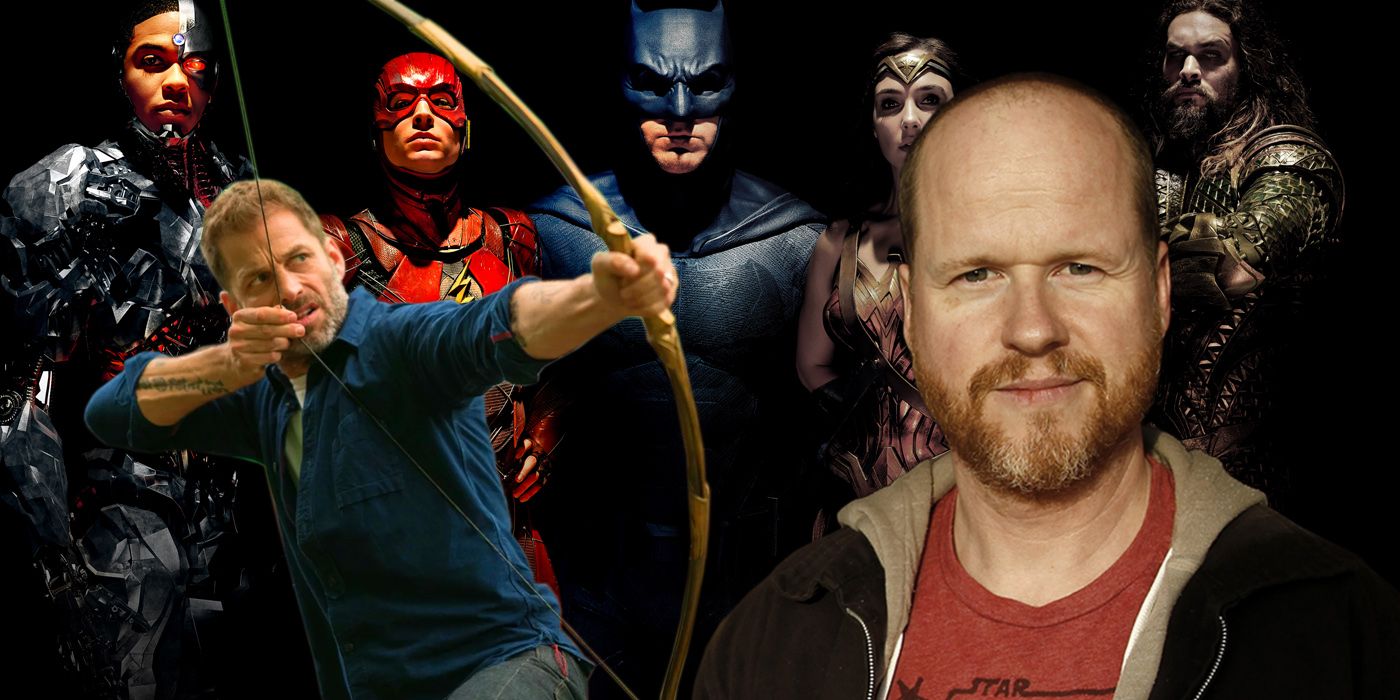Justice League's behind the scenes situation was already a source of controversy prior to the movie arriving in theaters, but nobody could predict the true escalation the drama would see in the months following release. When Joss Whedon stepped in after Zack Snyder's departure, fans were worried that the movie would suffer from a tonal schism, poorly integrated humor, and lack cohesion with previous entries, but the cast and crew swore Justice League was still Zack Snyder's movie and would adhere to his vision.
Needless to say, when the movie arrived that wasn't the case. A significant portion of the movie is clearly the result of Joss Whedon led reshoots, storylines from the previous movies are retconned or abandoned, a significant (more than usual) number of popular trailer moments are missing from the final product, and even the movie's color grading lacks the depth and contrast fans expect from Zack Snyder's aesthetic.
RELATED: Justice League: Every Confirmed Change to Zack Snyder's Version
As a result, fans immediately began clamoring for the "Snyder Cut" of Justice League, assuming that the original director had done enough work to have an intact and usable version of the movie completed, or close enough, to polish up for release, blaming the film's low critical score and embarrassing box office turnout on Warner Bros. meddling and tone alterations. While there are a number of other factors that can be blamed for the disappointing critical evaluation and ticket sales, the movie's low opening - before people were aware of the extent of the changes - suggests it's only a minor factor - although the movie's poor legs could definitely be related.
It wasn't long before a petition for the release of Snyder's original cut of the movie (including the original score from Junkie XL) made the rounds, racking up whopping 170k signatures to date. Despite the enthusiasm, a number of skeptics have claimed that Snyder never finished more than an early assembly cut, which would be so unwieldy and lacking in polish or completed visual or audio effects that it wouldn't even be enjoyable to watch.
Even so, others have claimed to have verified that a 'relevant' version of Snyder's cut does in fact exist, and could conceivably be completed for release. Barring an official announcement from Warner Bros., Snyder himself, or a massive leak, it'll continue to be a hotly debated issue, but a simple review of some of the already known production information shows that Snyder's cut of Justice League was in a fairly late stage of production when he left the project. The question is not whether the cut exists, but how much work was left and will it ever be released to the public?
- Page 1: Is There a Snyder Cut? (This Page)
- Page 2: The Snyder Cut Had Picture Lock
- Page 3: Some Snyder Cut VFX Were Finalized
- Page 4: Why Was The Snyder Cut So Far Along?
Page 2 of 4: The Snyder Cut Had Picture Lock
The Snyder Cut Had Locked Picture
While the exact status of the Snyder Cut can only be confirmed by its release, but thanks to a few key social media posts, we know what stages of production were completed. Some avid fans (such as John Doe Movie Reviews) have put together a fairly in-depth production timeline, but for the sake of establishing the state of the Snyder Cut, a couple key events are worth highlighting above the others.
First, and possibly most significant, is a post to his Vero account on February 17th, 2017, where Zack Snyder revealed that he was working with Stefan Sonnenfeld from Company 3. Stefan was a digital intermediate colorist for Justice League, meaning he was responsible for making color adjustments to give Justice League its final color palate. The reason this is significant is because color grading - or digital intermediate - is typically done after the picture is locked.
RELATED: How Justice League Became a Box Office Disaster
Picture lock means the unwieldy assembly cut has been whittled down and the scenes have been arranged to their final configuration. This does not mean visual effects or audio mixing is completed, but it does mean no more footage needs to be shot or edited, and the final runtime is probably set. Larry Fong, Snyder's Batman v Superman and Watchmen cinematographer and close friend from film school, commented on this image specifically, confirming that DI typically means a movie is completed, from the first frame to the end of the credits.
Is it possible Snyder was simply doing some DI testing when this picture was taken? Sure, but it's highly unlikely. One of the only examples of DI being done prior to picture lock is Ben Affleck's Live by Night, where he had dailies graded so they could ensure a specific look for the final product. But Live by Night was shot digitally on an Alexa 65, which made the - still tedious - daily color grading feasible. Justice League was shot on 35mm film, making any similar process practically impossible. The fact that Live by Night, a $65 million film, got attention for this abnormal process and Justice League didn't suggests Snyder's image with Sonnenfeld is a traditional DI session, meaning Justice League was picture locked on or before February 17th, 2017.
RELATED: Justice League: Everything Blocking The Release of Snyder's Cut
The DI process usually takes about ten days for a two-hour feature film, according to Red Shark, so the process was doubtless completed long before Snyder's exit from the project and he had moved onto the next stage of post-production. Ironically, Sonnenfeld ended up returning to Justice League for a second round of DI after Joss Whedon's reshoots, posting to Instagram in October (using one of Snyder's shots that didn't end up in the movie) to say work on the movie was almost completed, meaning the movie actually got color graded twice - once for the Snyder Cut and once for theatrical.
After DI is completed, the remaining tasks are completing VFX and audio mixing before the movie is mastered and distributed. Both of these stages were well under way during Snyder's watch, as evidenced by more social media breadcrumbs.
Page 3 of 4: Some Snyder Cut VFX Were Finalized
Some VFX Shots Were Finalized
Shortly after Justice League arrived in theaters, a number of deleted scenes were leaked, many of which showed incomplete visual effects. This led many to believe that, since Joss Whedon had been working on the movie since before the reshoots started, Snyder didn't have enough time to complete visual effects, but another social media post from the director, this time on Twitter, actually proves that a significant amount of VFX work had been completed.
The post included a video of Jason Momoa's Aquaman underwater, but the biggest reveal in the video isn't actually a part of the movie. On the brief splash screen at the start of the shot, some text reveals a number of details about the scene. First is the date: February 27th, 2017. This means it is from long enough after the DI work that the color grading for the entire movie could have already been completed. The second detail is the text at the bottom, saying "DPX for final per request. Original submission not [obstructed] -rious internal [obstructed] review as proposed final."
RELATED: Justice League: Zack Snyder's Invasion Flashback Had Darkseid vs Ares
DPX is a Digital Picture Exchange file, which is used for visual effects and digital intermediate work (again confirming picture lock). As it says at the end of the text, this specific file is for "review as proposed final," meaning Snyder was looking at this shot to possibly approve for the final cut. This indicates that this scene, and likely a number of others, had completed (or almost completed) VFX.
The leaked deleted scenes were also pointed to as evidence of incomplete VFX, but even some of those shots had already shown up in trailers with more polished CGI, meaning the leaks weren't of the most complete versions of the scenes in question. It's not uncommon for bite-sized portions of some VFX shots to be finished for inclusion in a trailer, so this doesn't guarantee the entirety of those scenes were completed, but it does support the assertion that a significant amount of VFX work was well underway.
Audio Mixing Was In Process
We know Justice League certainly reached picture lock under Snyder and VFX work was far further along than assumed, but what about audio? Well, again, thanks to Snyder's Vero, we know Gal Gadot completed ADR (automated dialogue replacement) for her scenes on January 27th. If Gadot is doing ADR, then the rest of the "Foley" (ambient, character, and environmental sound effects) were also being completed. ADR is another task that happens after picture lock, so this actually bumps that timeline up by a month, meaning an extra month of post picture lock work for Snyder than previously mentioned.
RELATED: What Was Zack Snyder's Original 5 Movie DCEU Plan?
The haziest area of production is likely the music and Tom Holkenborg a.k.a Junkie XL's score. While the composer had clearly put thought into what he was going to do, and would presumably maintain some continuity from his work with Zimmer on Snyder's previous two installments, it's not clear whether or not he actually wrote or recorded any of the soundtrack before he was fired. He did collaborate with Gary Clark Jr. for the 'Come Together' cover featured in the trailer, but per a video on his YouTube channel prior to his removal from Justice League, he suggested he didn't plan to start recording for the movie until June or July 2017.
A number of songs have circulated, pulled from the trailers or otherwise, that fans claimed were Junkie XL's original score, but the musician sent out a tweet to clarify that he didn't create any of the "leaked" music. While many elements of post-production have evidence pointing to the amount of progress seen, the soundtrack is the biggest question mark. During the editing process, directors typically insert temp music to simulate the desired final product, meaning the Snyder Cut could have been compiled with a collection of Junkie XL's past music, particularly from the other DC projects, so, if he truly never recorded the soundtrack, it could be watchable with a sort of "finished" music, but the music wouldn't be new or catered to this edit as Holkenborg's soundtrack would have been.
Page 4 of 4: Why Was The Snyder Cut So Far Along?
Why Was Snyder Moving Forward So Fast?
Needless to say, this all seems contrary to the narrative put forward and makes even less sense considering the big changes that were ultimately implemented. It's long been rumored that a December screening of an early cut of the movie was considered "unwatchable" by at least one person. If this was the case, then why would Snyder move to picture lock so soon if it was clear that rewrites and reshoots were going to happen? The simplest and most logical answer is that the original plan was for this version of the movie to be seen.
The reason there's such a strong push behind the notion of a Snyder Cut in the first place is because Snyder already has a track record of releasing longer director's cuts. Dawn of the Dead, Sucker Punch, Watchmen, and Batman v Superman have all had longer cuts released, and in each instance, the longer cut is seen as the superior version. If Snyder was moving full speed ahead with this cut of the movie, it only makes sense that he expected Justice League to follow suit.
RELATED: 5 Ways Warner Bros Can Try To Appease Snyder Cut Fans
Zack Snyder movies have always been polarizing, so it's hard to contextualize exactly what it means for his early cut to be dubbed "unwatchable," but with a studio-mandated runtime of under 2 hours for the final product, it could have just been "unwatchably long," especially if he didn't significantly lighten the mood from Batman v Superman. The final Warner Bros. approved product was visually brighter (frequently to the point of oversaturation), tonally lighter (including some controversial groan-worthy Whedon one-liners), and under 2 hours. Considering each of those points are clear alterations from the original version, it speaks to what exactly WB execs thought was missing from Snyder's cut, which means it very well could have delivered exactly what his ardent fans expect from him, and what his detractors dislike.
This strongly suggests that the initial reports that Joss Whedon was merely punching up some dialogue and creating some connective tissue may have been true, meaning the release of a longer, darker Snyder Cut wasn't out of the question, as Snyder was clearly full speed ahead with his cut. If that's the case, then the decision to alter the movie as drastically as it was may have only been a decision that was made after Joss Whedon took full responsibility for the reshoots and the studio saw an opening to take the movie in a drastically different direction.
So, based on this evidence, we can know with a fair amount of certainty that the Snyder Cut is picture locked and color graded with a good amount VFX and audio mixing completed, corroborating the report claiming it exists in 'relevant form', with the only major caveat being that there's no evidence to suggest Junkie XL's score was completed before he was fired (although it's not out of the question). This will doubtless please a number of fans campaigning for the release of the cut, but, unfortunately, it doesn't mean it's guaranteed to ever be released.
Unless Snyder plans to leak it himself in defiance of the studio (what some may call career suicide), it's ultimately up to Warner Bros. to provide the funding to polish it up and distribute for home release, which the studio has limited incentive to do. If the Snyder Cut is inferior to the Whedon cut, then there's little reason to release it, but if it's superior, then the studio will have even more egg on their face than they already have after Justice League's numerous failures from bad critical reviews and a botched box office to memes over Henry Cavill's bad mustache erasing CGI - which has quickly become the poster child for Warner Bros. handling of the entire issue.
NEXT: Zack Snyder's Original Justice League Plans Revealed in Cryptic Puzzle

